A heritage experience which delivers unique views over the capital.
Squint/Opera helped to transform the iconic Battersea Power Station, the historic London landmark is now a unique retail and entertainment destination with lots to offer, including the immersive Lift 109 experience.
Lift 109, Battersea Power Station’s Chimney Lift Experience takes its name from the height of the city’s most renowned chimneys. One of these has been fitted with a unique glass elevator, which offers breathtaking 360-degree views, 109 meters above London.
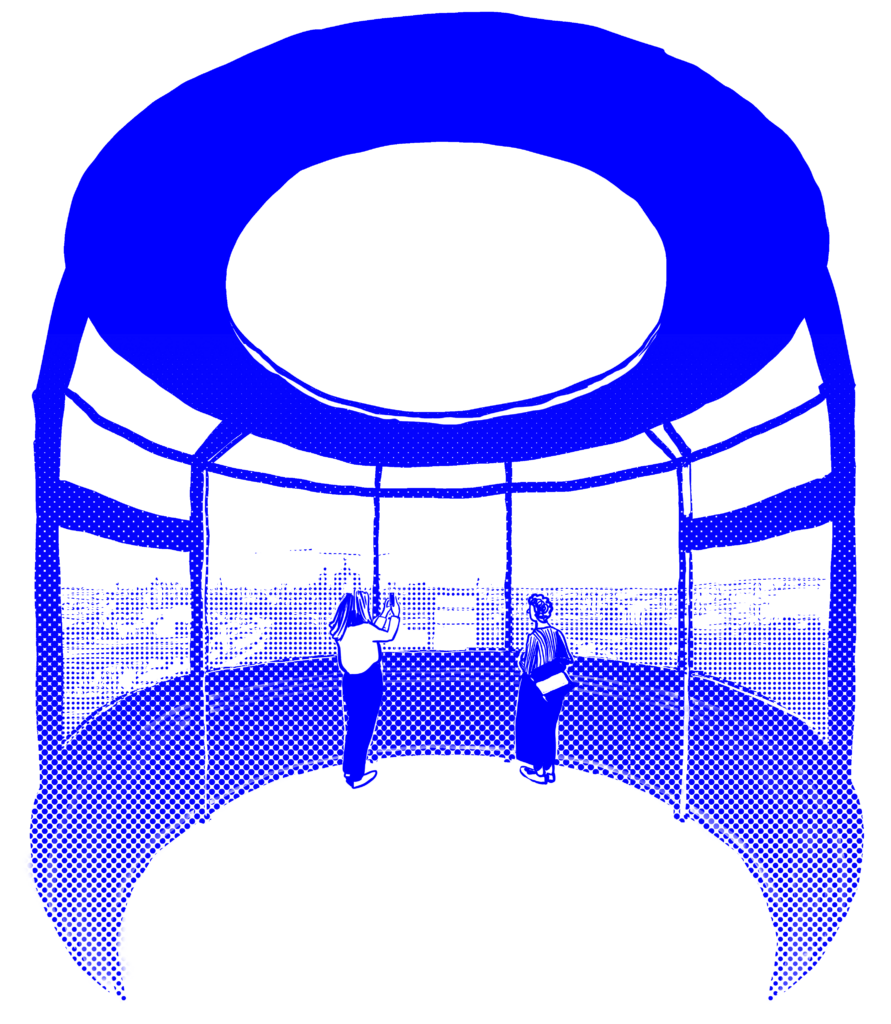
While the vistas of West London are stunning, Battersea Power Station is an iconic piece of British architecture in its own right. Beginning in 1929 and ending in 1955, the station powered one-fifth of London before being decommissioned in 1983. Battersea has since become iconic in pop culture and secured its status as a mainstay on the riverbank with Grade II* listed status. Ralph Appelbaum Associates collaborated with Squint/Opera to portray the building’s unique story with dynamic animations, interactive tables, immersive media, and soundscapes.
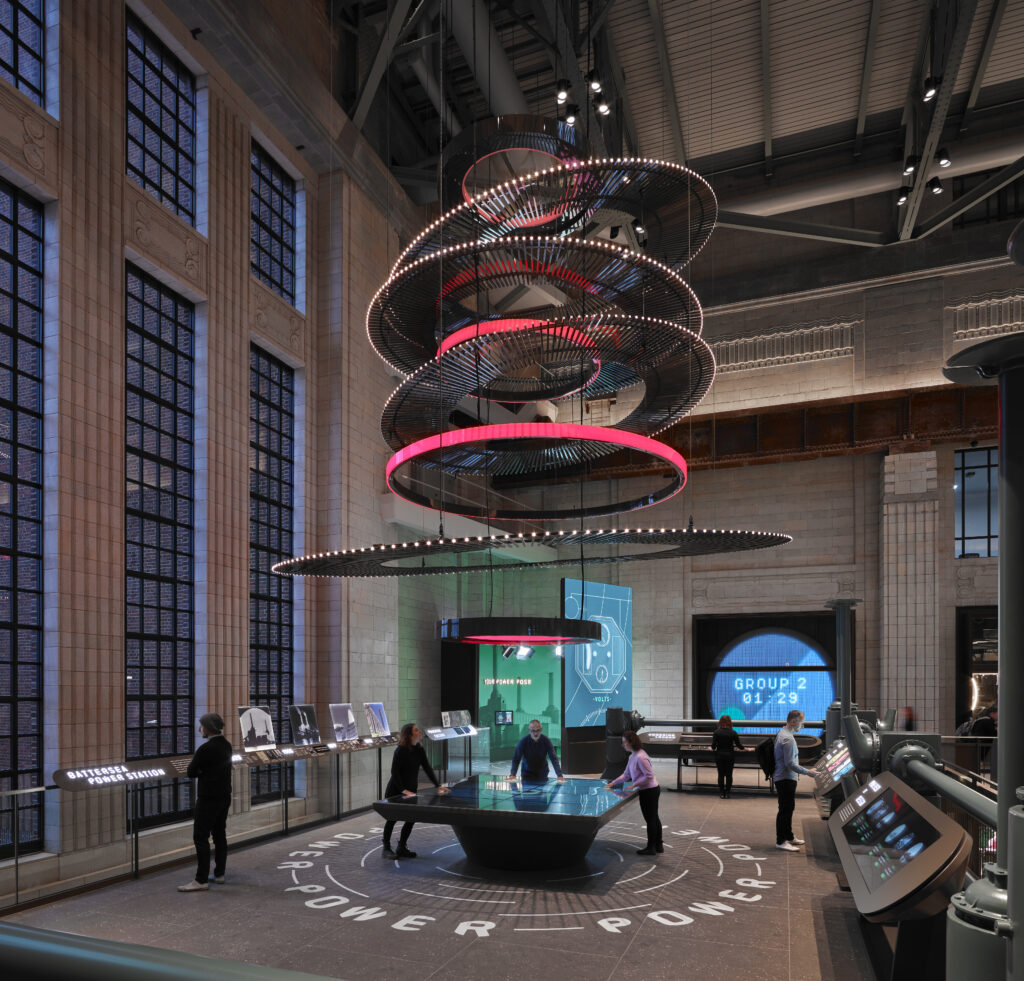
Details in the data
Squint/Opera used data to create insight into what makes London’s observatories special for tourists. The firm analyzed year-on-year tourism demographics in the capital with London & Partners, top 100 ticket price comparisons on Tripadvisor, Google search trends, and sentiment analysis of over 8,000 London attraction reviews. Squint/Opera’s media design thinking is underpinned by strategy, and for Battersea, which is rich in history, its work uses heritage as the solution to producing seamless entertainment.
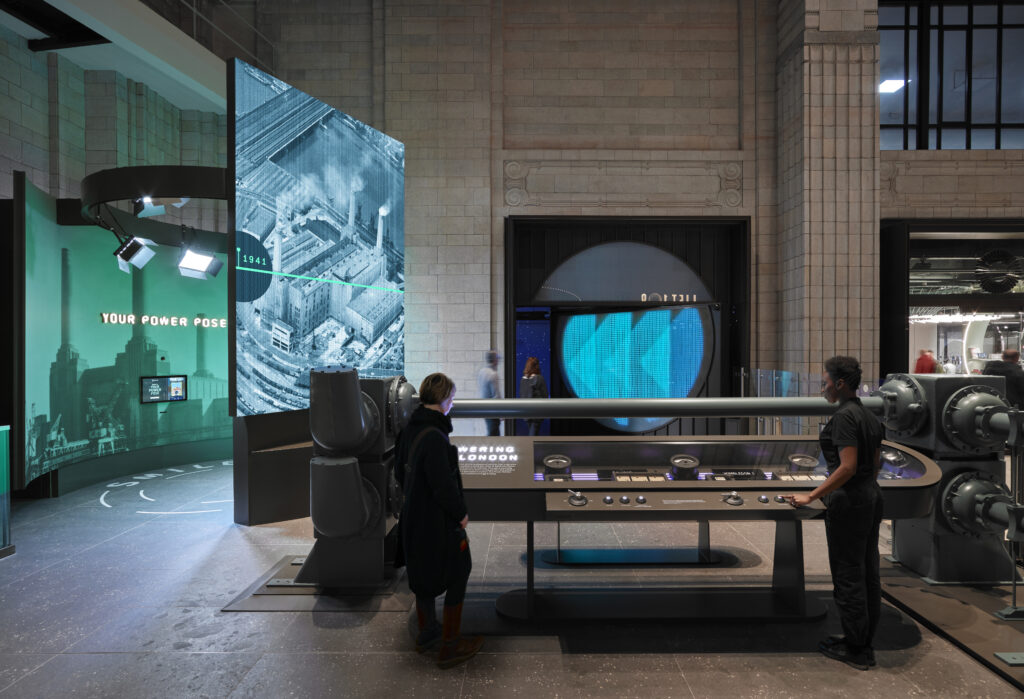
Standing on the shoulders of giants
The experience on either side of the central event, the view from the top, is peppered with media that forms the ‘shoulder experience.’ The shoulder experience is strategically critical for the business model for a few simple reasons: It dissolves the visitor’s perception of being In a queue for the view, it extends the offer (and thus the ticket price). Lastly, a strong shoulder experience makes the operator less dependent on the weather and visibility for a great experience.
Squint/Opera project director Ben Townsend says, “Lift 109 is an awesome customer experience to get your head around. It’s an immersive exhibition that stretches from ticketing to the gift shop, and it requires a lot of collaboration to create that seamless journey.”
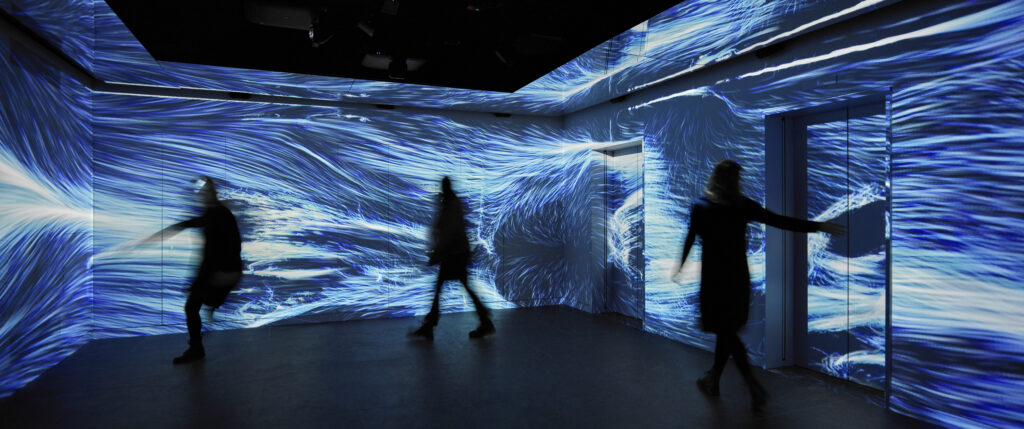
Virtual vision
Virtual Twins are fundamental to Squint/Opera’s process, and three were employed during the design and production phases.
At the design stage, the first was an Unreal Engine model created by Sysco. The model enabled the design team to visualize the media concepts in a virtual environment in real time. The design team can roam around the room as if it is a video game, and it’s the first time in a project that sound, light, material, and motion ideas all come together, so the team can fully agree on what works before moving into production.
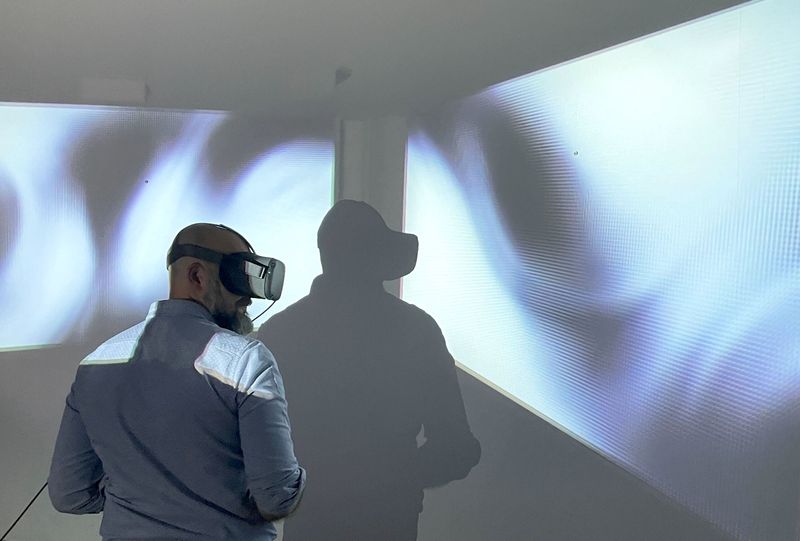
Squint used virtual reality to prototype immersive rooms during development. At an architectural scale, the velocity of media change is rapid, and virtual reality allowed Squint to develop and exchange ideas at scale before gaining access to the site. Because this is the first time that digital and physical are combined, speed is crucial, and access to the site is limited. Lidar scans provided Squint’s crew with a comprehensive point of reference for reviewing site development and resolving difficulties as a team. It reduced the number of site visits and kept the larger teams in London and New York up to speed.
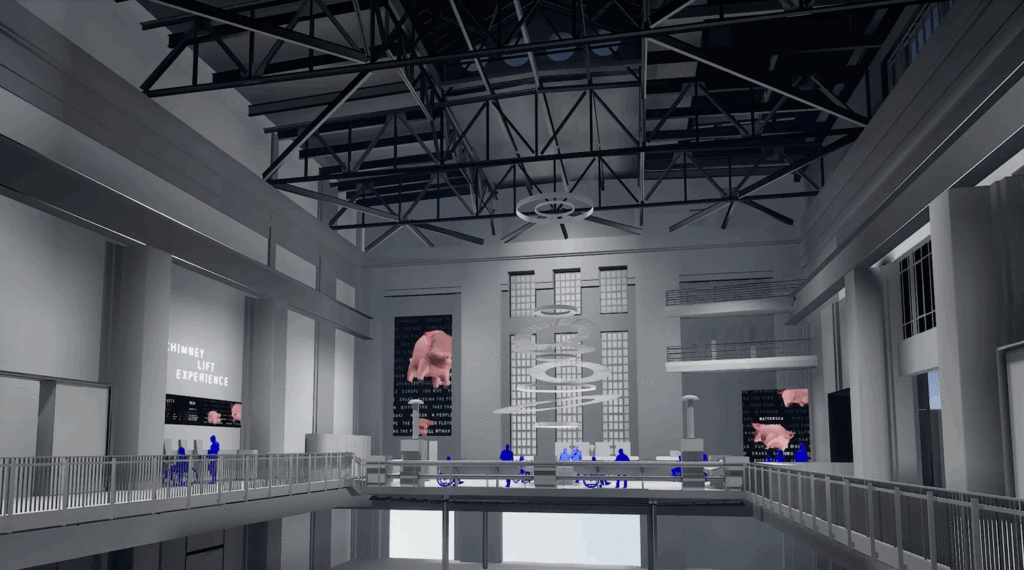
Capturing an electric history
As an iconic London institution, Battersea Power Station now has its own brand guides to ensure an authentic visual language for graphics and marketing materials that reflect the fabric of the architecture.
The team had to understand the physical constraints of the architecture and the client’s business model in order to design the digital media.
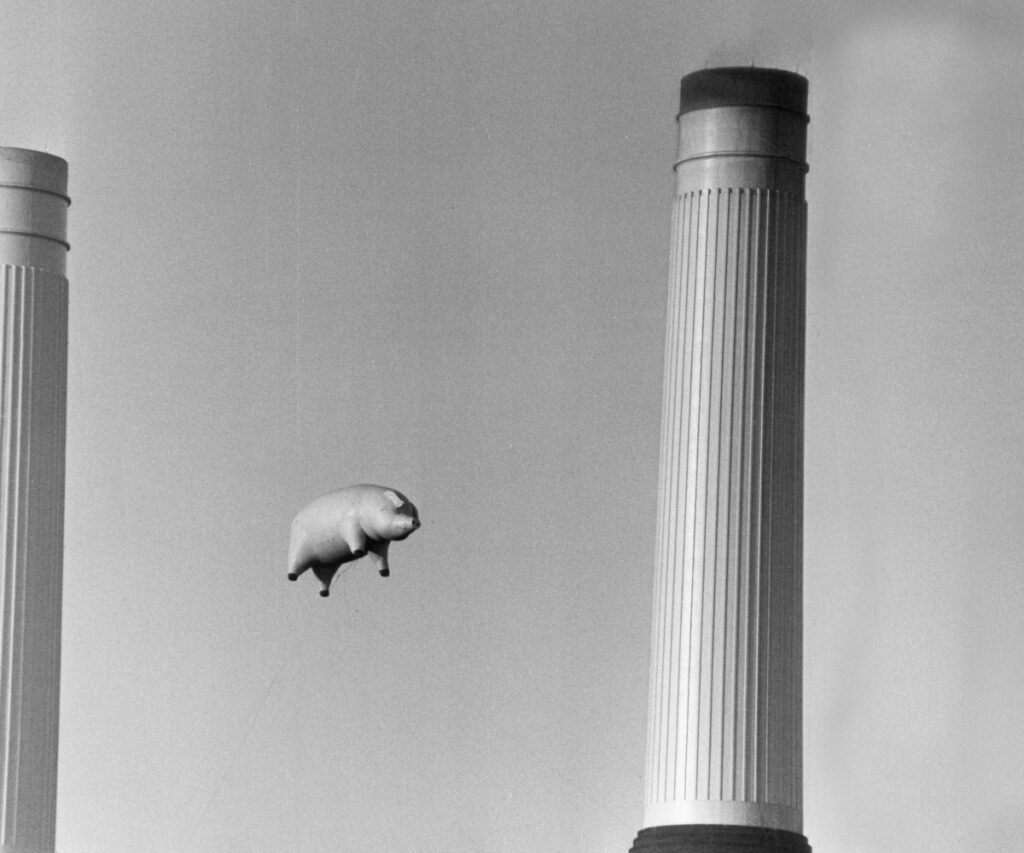
“The secret ingredient to a seamless journey is keeping the visual identity consistent throughout, and it is easier said than done,” says Ben Townsend.
Battersea Power Station has its own character in the fabric of the architecture, and brand guides were developed for both the printed graphics in the experience and for the marketing of the attraction. The first challenge was how do you bridge these existing identities consistently. The second challenge was to develop a visual language that could work across such a wide range of media experiences.
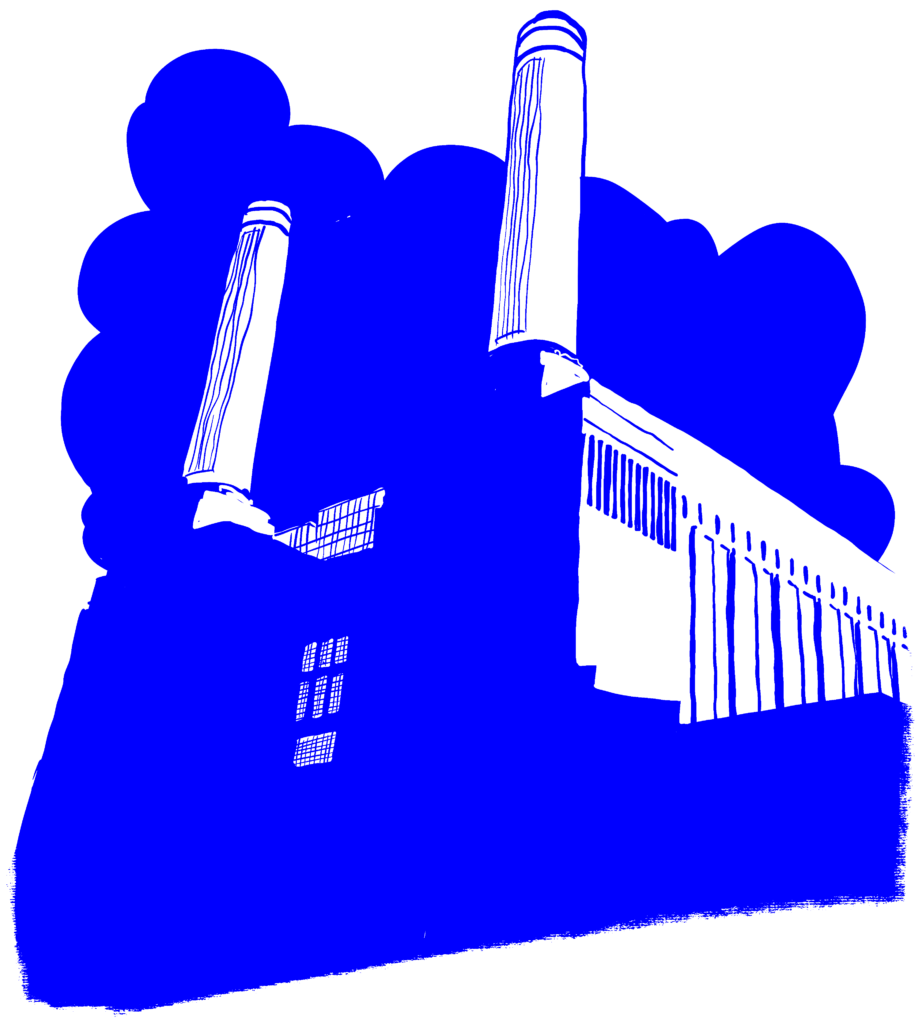
For the character to feel consistent, it has to behave as you would expect at every scale, from the app button on your phone to an immersive media experience. Lift 109 is a vertical experience steeped in architecture and engineering. Film, images, particles and colours all animate up and down and copy emerges out of block colour in the same way the elevator emerges out of the chimney.
Graphics and icons are drawn in the style of technical drawings and animated with energy flowing along circuit diagrams. Animations are colour graded to the green hues of the gorgeous ‘buzz bars’ retained from the working turbine hall. At the same time, interactive content emerges out of black to blur the boundary between digital screens and physical furniture.
“Media is a complex living thing. It has to be designed with a greater depth of character because it moves, it animates, and it reacts to you,” adds Townsend.
Alongside Ralph Appelbaum Associates, other partners on the project included IMG, Sysco. AV, CODA to CODA, Fraser Randall and Beck Interiors.
This is a long-form version of an article published by Blooloop. You can read the original here.
